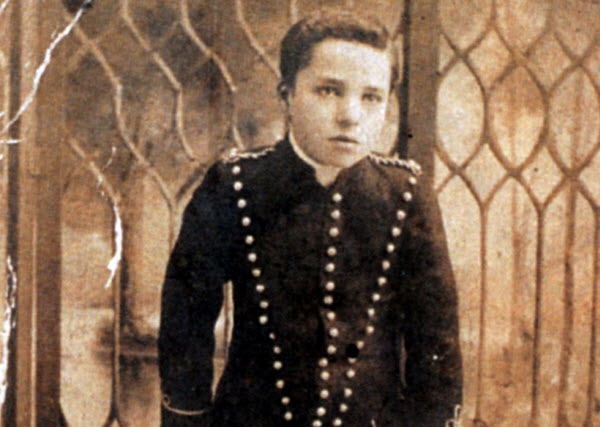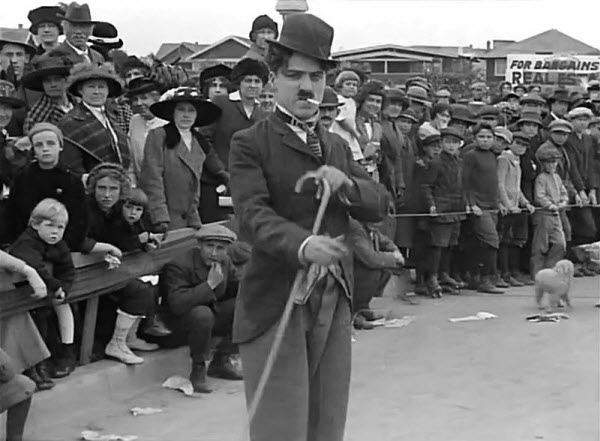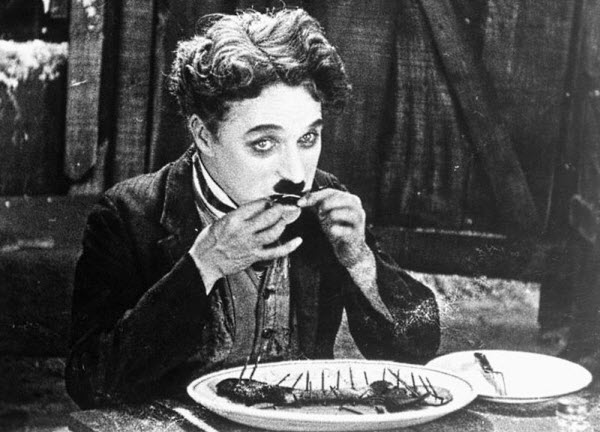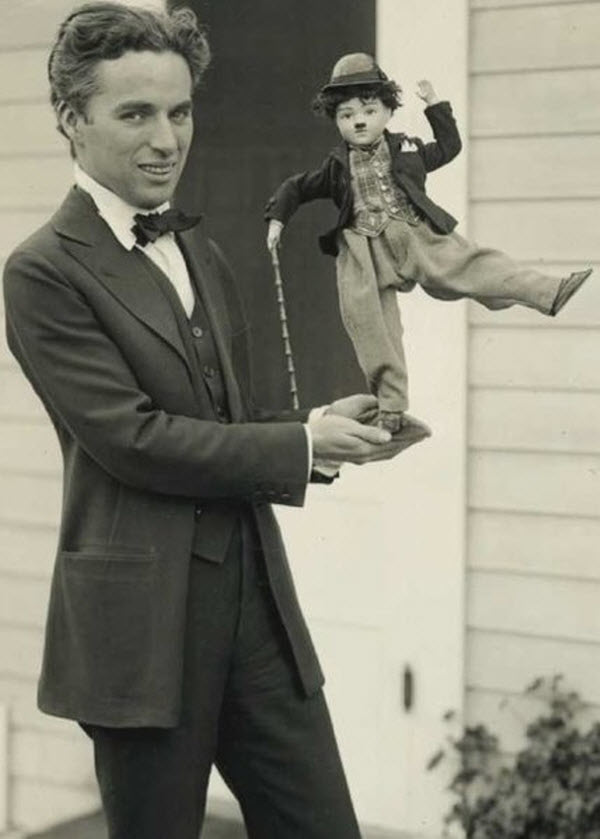Charlie Chaplin, a renowned British comedian, writer, and director, is considered one of the greatest creative minds of the 20th century. The satirical writer George Bernard Shaw once described him as the only genius to emerge from the film industry. Chaplin became famous for his portrayal of the lovable, bumbling tramp with a kind heart, dressed in tattered clothes and walking humorously through the streets with a cane. This character navigated many awkward situations, often miraculously and amusingly, leaving a lasting impact on cinema with his unique blend of tragedy and comedy. Despite most of his films being produced during the silent film era, they remain timeless and beloved by audiences of all ages.
Early Life
Charles Spencer Chaplin was born on April 16, 1889, in London, England. Chaplin’s rise to fame is a true rags-to-riches story. His father, Charles Chaplin, was notorious for his drinking and abandoned Charlie, his mother Hannah Chaplin, and his older half-brother, Sydney, shortly after Charlie’s birth. The siblings were left in the care of their mother, who worked as a singer under the stage name Lily Harley. Hannah managed to support her family for a few years, but one day she lost her singing voice mid-performance for unknown reasons, prompting the production manager to put five-year-old Charlie, who had sung before, on stage to replace her.

The audience was amazed by Charlie’s natural presence, comic timing, and ability to mimic his mother, who never regained her singing voice. Hannah’s financial situation worsened, leading to severe mental health issues. Her children faced a life of poverty and homelessness, forcing Charlie and Sydney to live in institutions for poor children.
Career
Charlie Chaplin’s passion for the stage, inspired by his mother’s work, led him to pursue a career in entertainment. In 1897, using his mother’s connections, he joined a theatrical troupe briefly. However, this experience was financially unviable, and young Chaplin took on various odd jobs, such as newspaper seller, printer, and medical assistant, to support himself. Despite these roles, he never lost sight of his ultimate goal of becoming an actor. He would frequently polish his shoes, clean his clothes, and make regular calls to theater troupes.
Chaplin’s big break came with a theatrical job, making his film debut in “Sherlock Holmes,” which earned him significant acclaim. He toured with a troupe called “Casey’s Circus” and, in 1908, joined Fred Karno’s pantomime troupe, where he became a star. During this time, Chaplin visited the United States for the first time, catching the eye of film producer Mack Sennett, who signed him for $150 a week.

In 1914, Chaplin made his film debut in “Make a Living.” To stand out, he created a recognizable character, the Tramp, first appearing in “Kid Auto Races at Venice” (1914). Over the following year, Chaplin starred in 35 films, including “Tillie’s Punctured Romance,” the first full-length comedy. He later left Sennett to join Essanay Studios, where he began to rise to stardom, hiring his brother Sydney as his manager.
During his first year with Essanay, Chaplin produced 14 films, including “The Tramp” (1915), which established his iconic character. By age 26, Chaplin was a star, moving to Mutual Film Corporation, where he earned $670,000 annually, making him wealthy. He produced some of his best work with Mutual, including “One A.M.” (1916), “The Rink” (1916), “Vagabond” (1916), and “Easy Street” (1917).
Known for his pursuit of perfection, Chaplin often required numerous takes to achieve his vision. Despite this, his career flourished in the 1920s with films like “The Kid” (1921), “The Pilgrim” (1923), “A Woman in Paris” (1923), “The Gold Rush” (1925), and “The Circus” (1928). The latter three were released by United Artists, a company Chaplin co-founded in 1919 with Douglas Fairbanks, Mary Pickford, and D.W. Griffith.

In the 1930s, Chaplin continued producing compelling films. In 1931, he released “City Lights,” which was both a critical and commercial success. This was followed by “Modern Times” (1936), a biting critique of economic and political conditions worldwide. Chaplin made “The Great Dictator” (1940) after a tour between 1931 and 1932, where he witnessed economic distress and rising nationalism in Europe, leading him to satirize Hitler and Mussolini. He famously declared, “I’m just a man who wants to see true democracy in these lands.”
Challenges and Controversies
Despite his artistic brilliance, Chaplin faced numerous challenges. His romantic relationships led to criticism from feminist groups, resulting in restrictions on his entry into some U.S. states. During the Cold War, his criticism of U.S. policies under the guise of anti-communism made him a target for right-wing conservatives. Congressman John E. Rankin from Mississippi even called for his deportation. In 1952, U.S. Attorney General ruled that Chaplin could not return unless he proved his “moral worth,” which led him to permanently relocate to Switzerland while on a trip.

Later Years and Death
As Chaplin neared the end of his life, he made a final visit to the U.S. in 1972 to receive an honorary Oscar. This trip came just five years after his last film, “Countess from Hong Kong” (1967), his only color film, which, despite its star-studded cast, failed at the box office. In 1975, Chaplin was knighted by Queen Elizabeth II.
On December 25, 1977, Charlie Chaplin passed away at his home in Switzerland, with his wife Oona O’Neill and seven of his children by his side. Shortly after his burial, his body was stolen by two men who demanded $400,000 for its return. The thieves were apprehended, and Chaplin’s body was recovered after 11 weeks.
Wives and Children
In addition to his film fame, Chaplin was well-known for his personal life. His relationships with actresses who appeared in his films were widely publicized. In 1918, he married 16-year-old Mildred Harris, but the marriage lasted only two years. In 1924, he married another 16-year-old actress, Lita Grey, who had appeared with him in “The Gold Rush.” This marriage, resulting from an unplanned pregnancy, produced two children, Charles Jr. and Sydney, but ended in separation in 1927.
In 1936, Chaplin married Paulette Goddard, a union that lasted until 1942. He faced a legal battle with actress Joan Barry, who claimed he was the father of her child. Although tests proved otherwise, Chaplin was ordered to pay child support. Finally, in 1943, Chaplin married 18-year-old Oona O’Neill, daughter of playwright Eugene O’Neill. Their marriage was a happy one, producing eight children.
